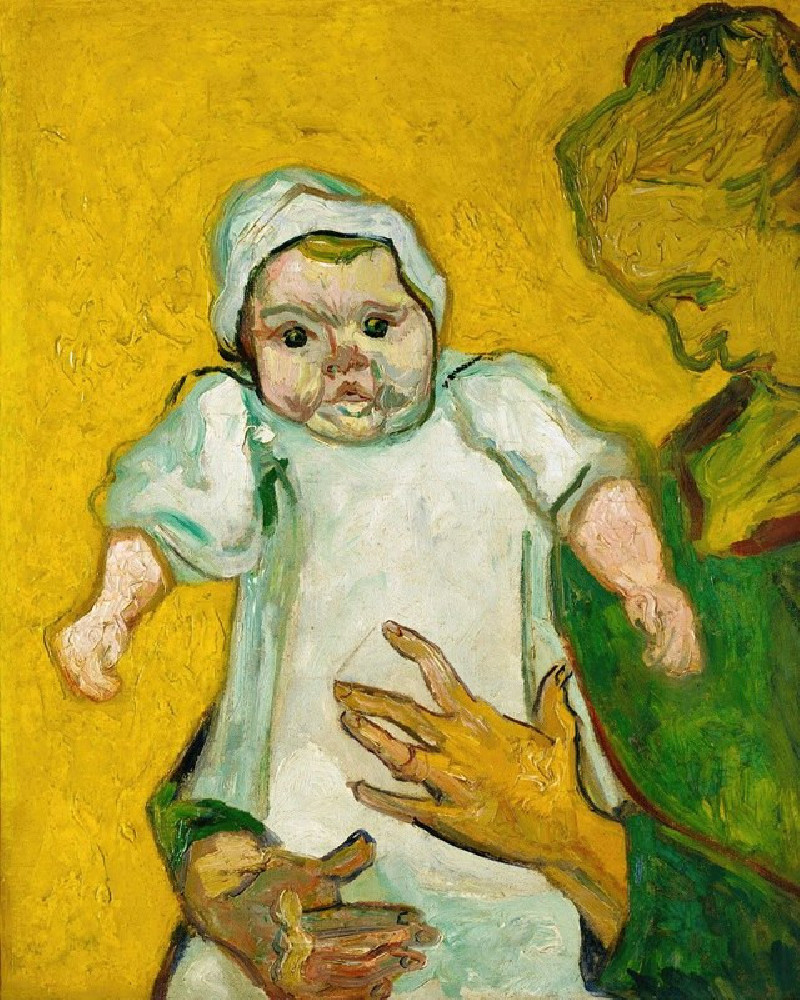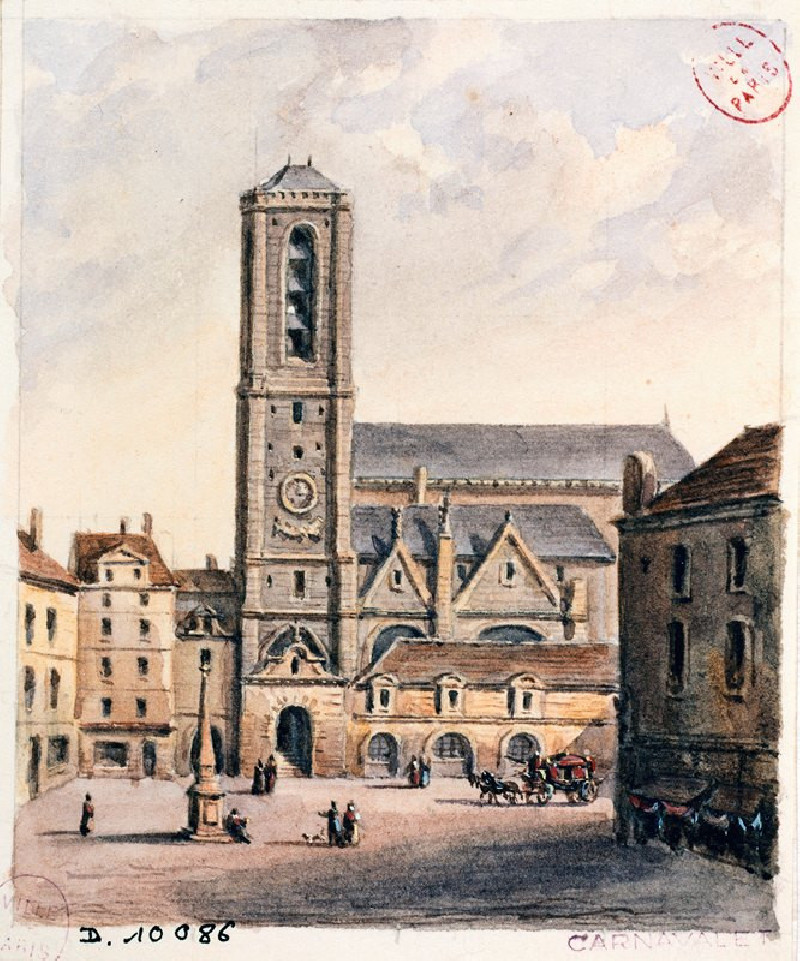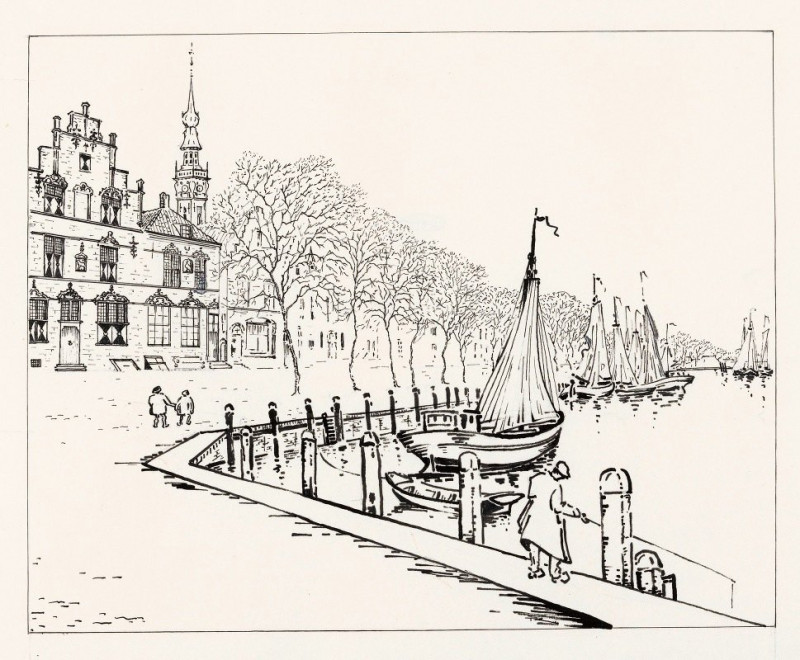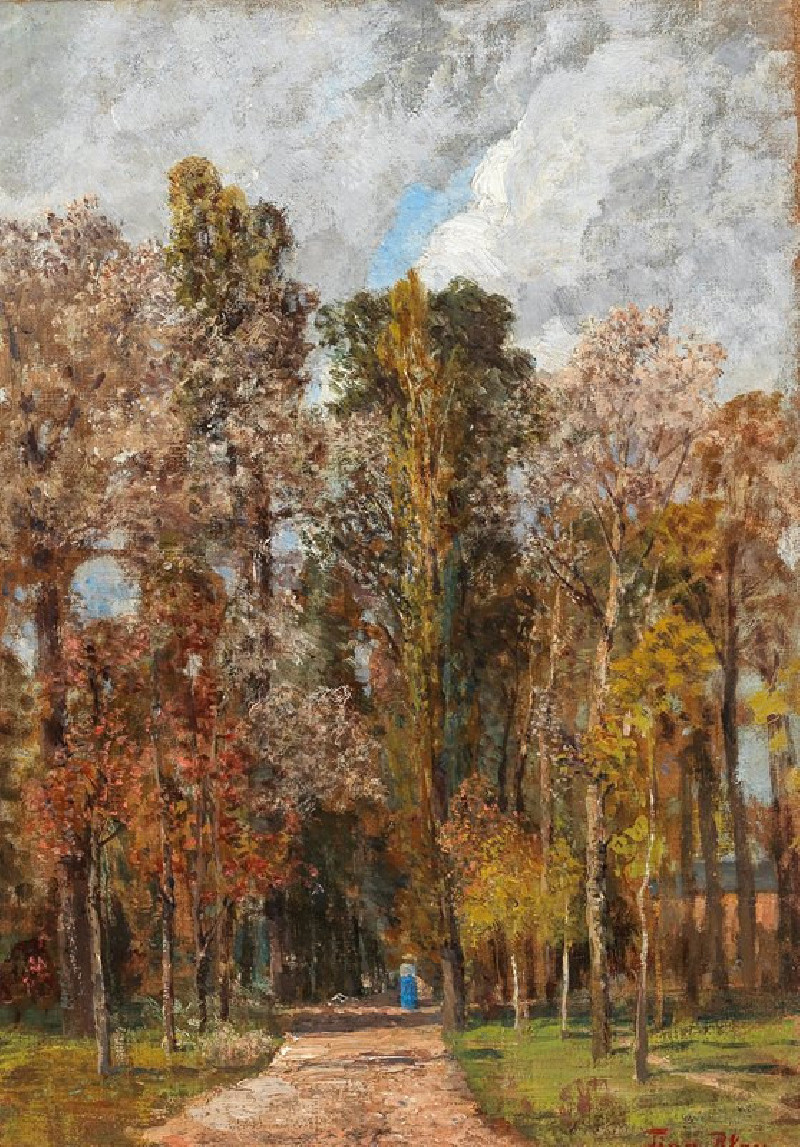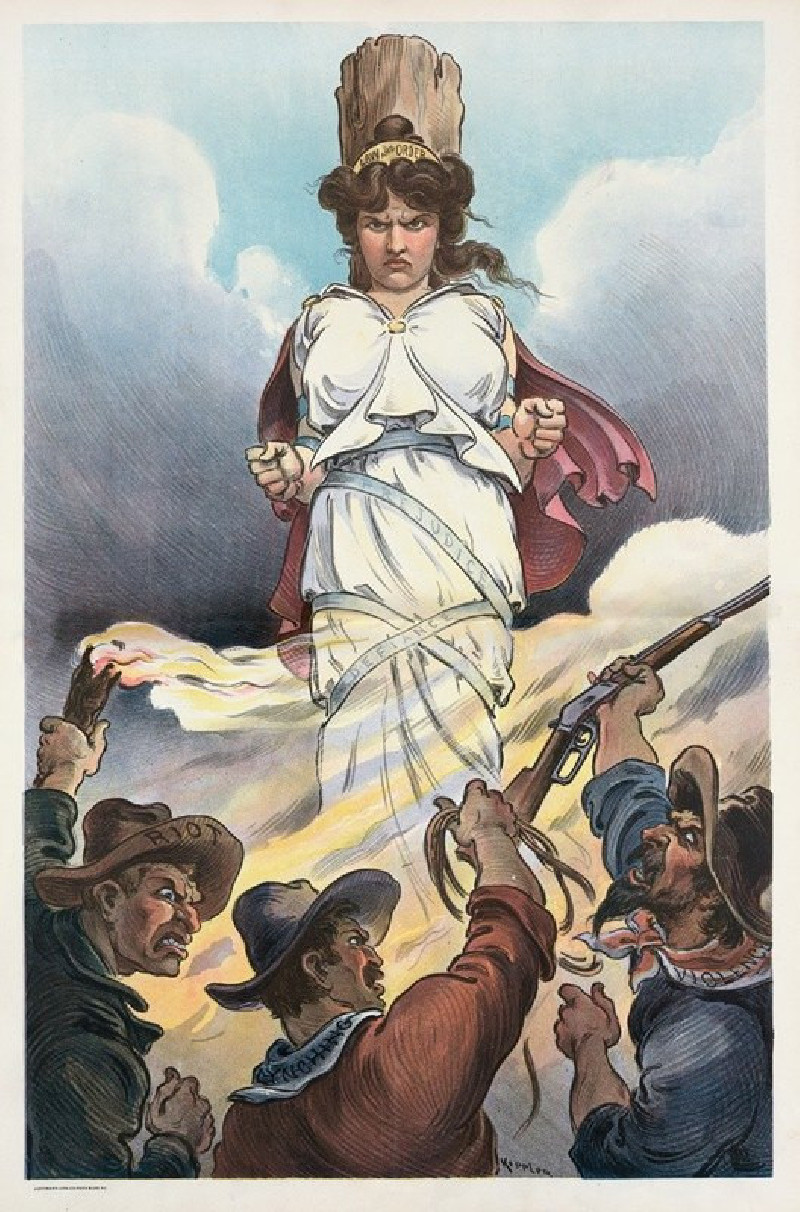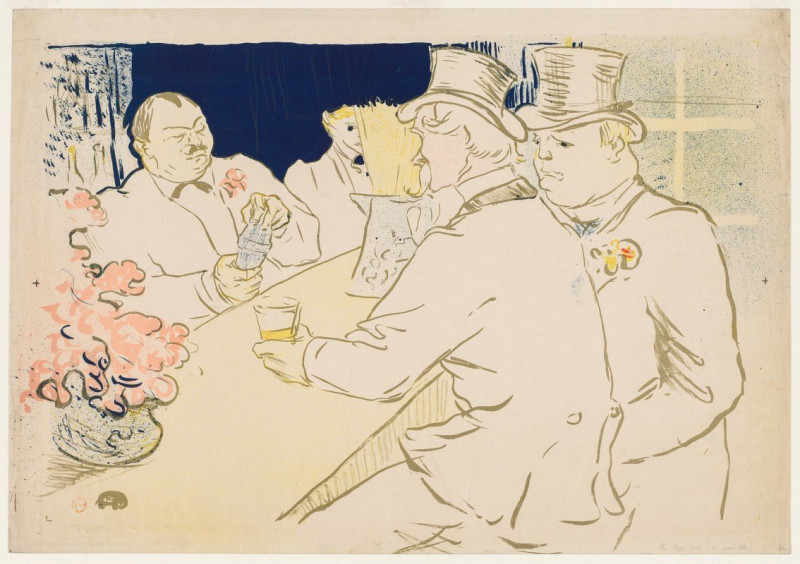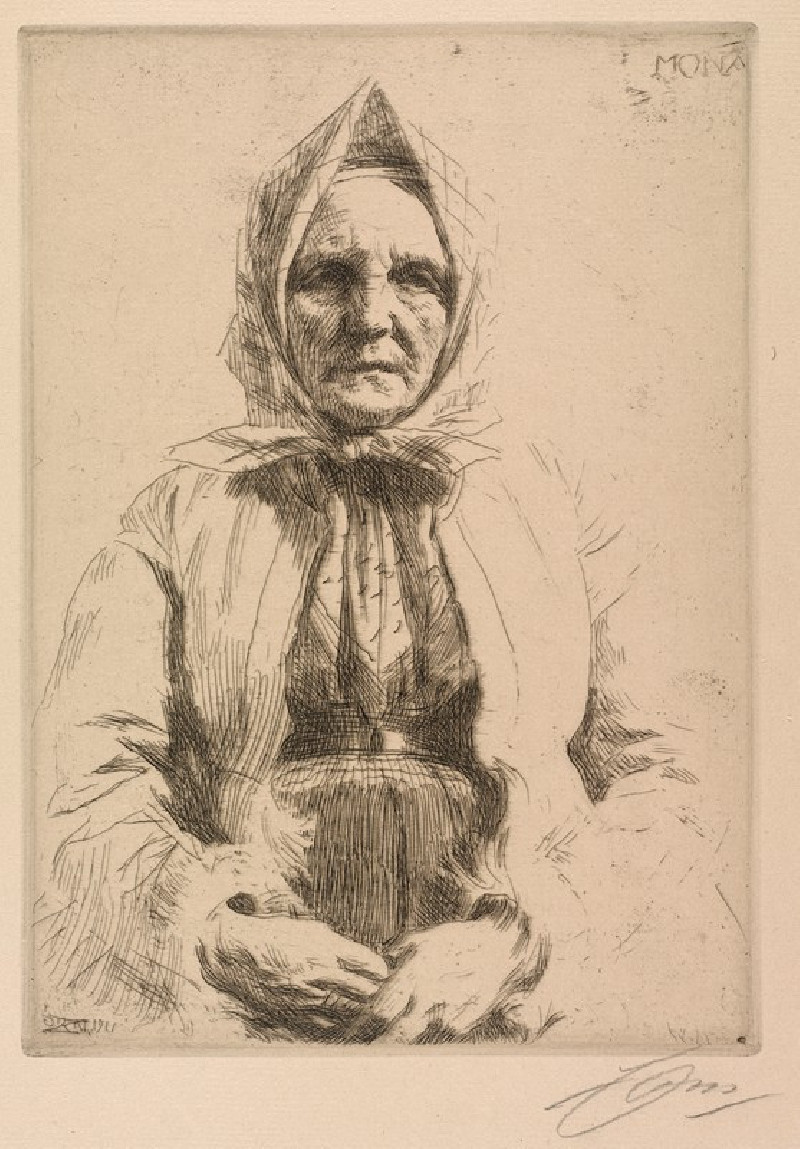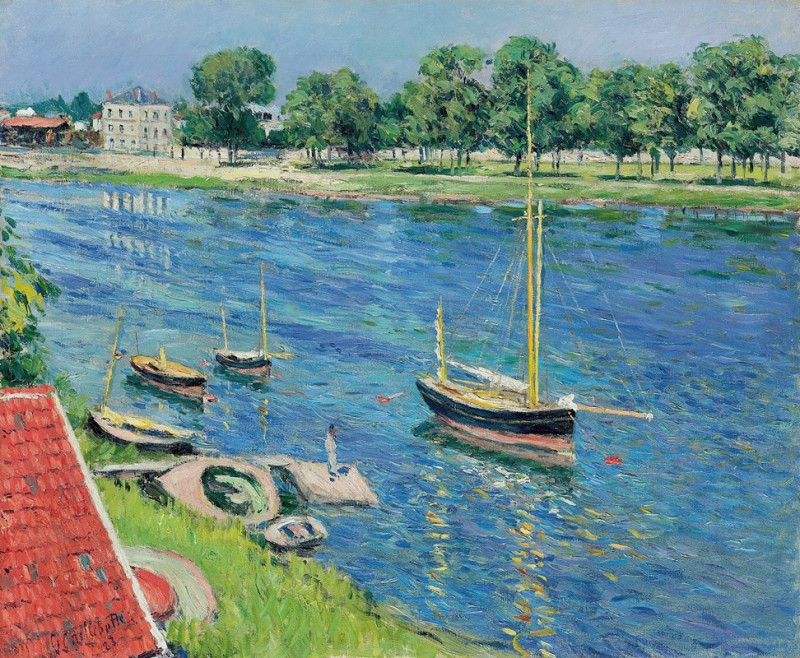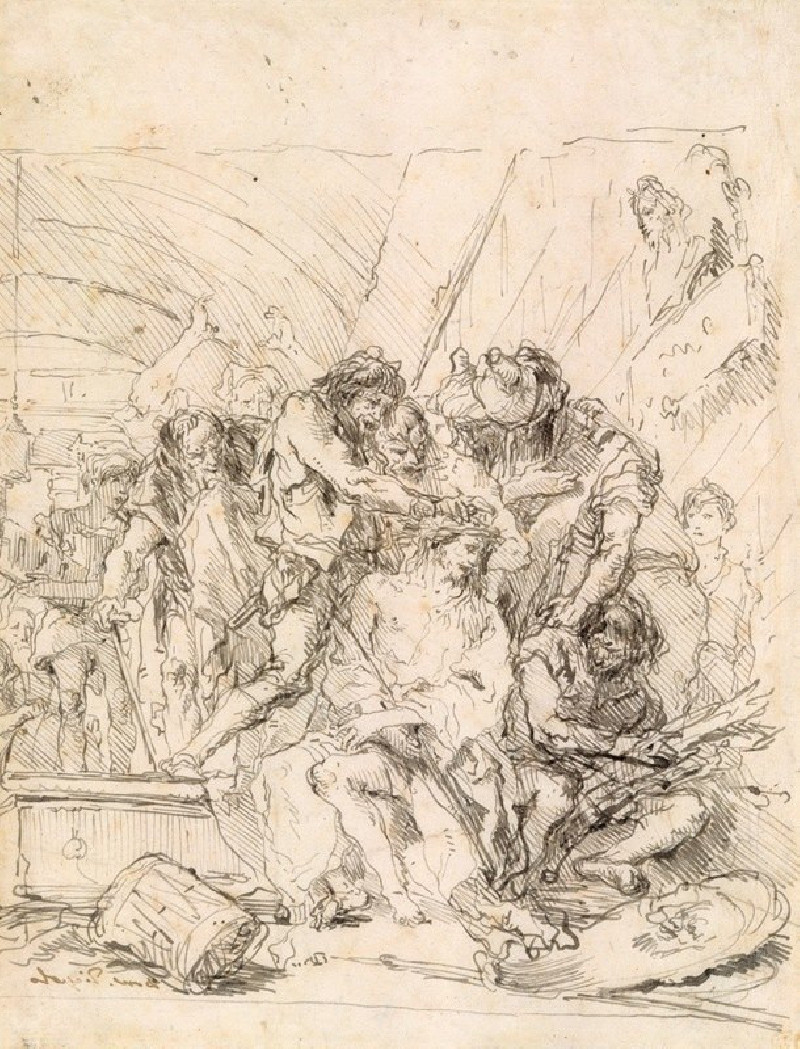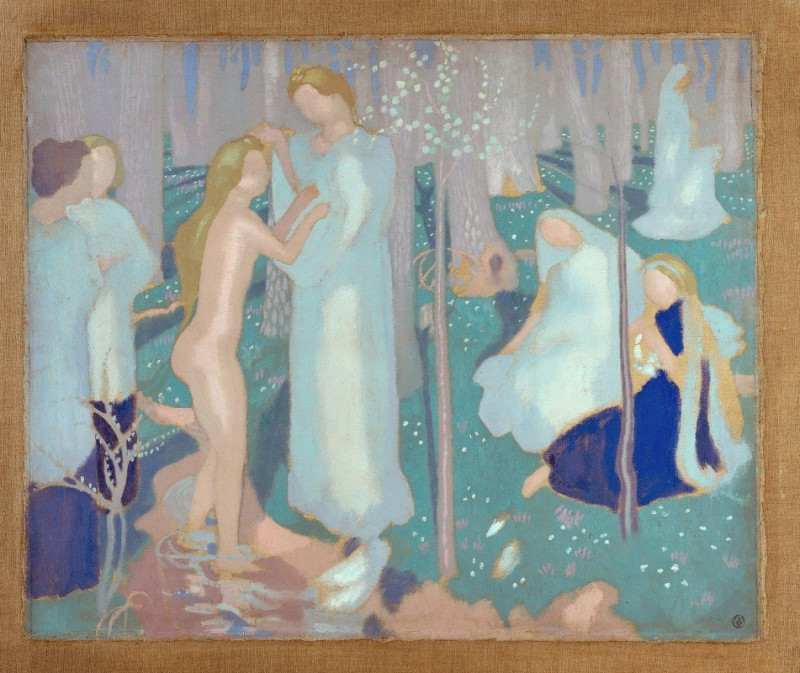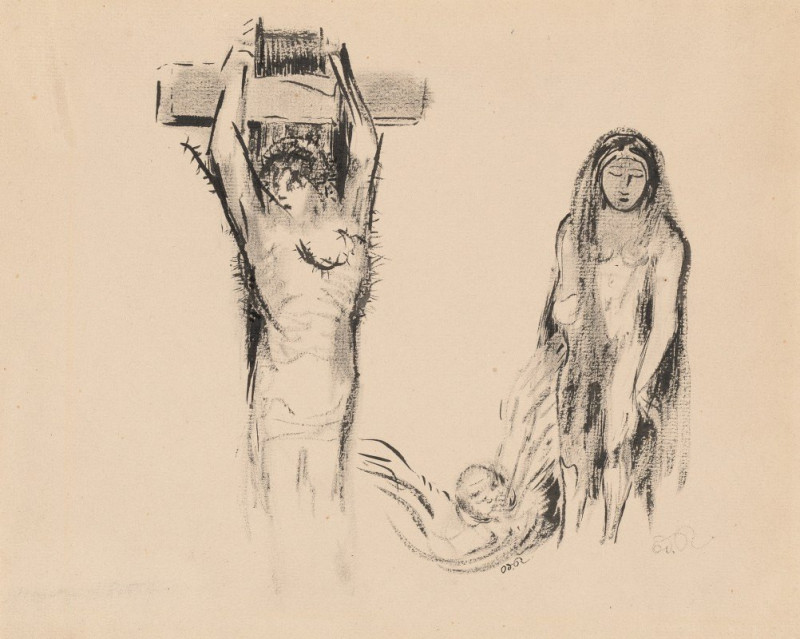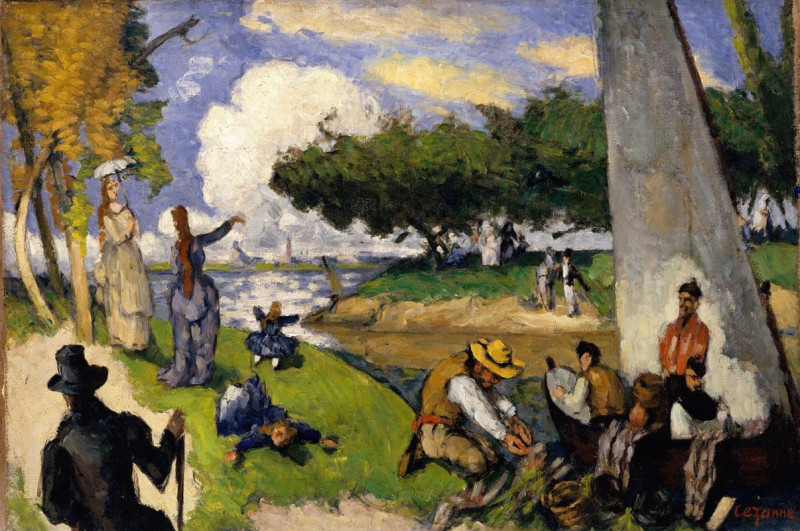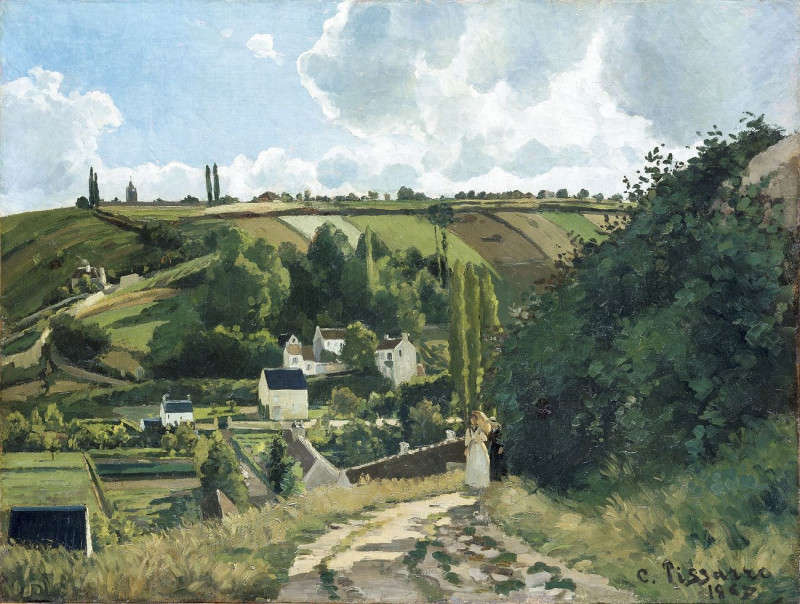Bergdorf mit rosa Kuh (1919)
Technique: Giclée quality print
Recommended by our customers
More about this artwork
At the heart of our latest exhibition stands a captivating piece by Ernst Ludwig Kirchner, titled "Bergdorf mit rosa Kuh" which translates to "Mountain Village with Pink Cow." Painted in 1919, this striking artwork showcases Kirchner's expressive use of color and form, characteristics that helped define the German Expressionist movement.In the painting, the viewer encounters a lively, almost whimsical landscape bustling with color and energy. The composition divides into layers of depth, starting with the lush foreground where a vibrant pink cow, almost blending into its surroundings, grazes among vivid green foliage. This strange, yet harmoniously integrated, pink hue draws the eye and invites contemplation on its symbolic or emotive implications.Ascending from this vivid foreground, rolling green hills lead to a cluster of rustic red-roofed buildings that perch on the mountainside. These structures, depicted in a simplified form, convey the traditional essence of a rural mountain village. The background showcases a dynamic sky with strokes of white and blue, suggesting the fleeting nature of mountain weather.Kirchner's typical bold strokes and contrasted colors not only capture the physical attributes of this alpine village but also evoke the emotional and psychological responses of the artist to his surroundings.
Delivery
Returns
Ernst Ludwig Kirchner (1880–1938) was one of the most important German Expressionist painters. He was a co-founder of Die Brücke, a group of German expressionist artists formed in Dresden in 1905. Die Brücke and Kirchner took inspiration from Vincent Van Gogh and Edvard Munch, as well as African and Oceanic art. They used woodblock printing as a medium to showcase their signature style: flat, unrealistic images with vivid colors. The recurring themes in Kirchner's artworks included exotic cultures, faraway landscapes, self-portraits, dancers and Berlin street life. His paintings and prints effectively portrayed non-European cultures despite the fact that he never traveled outside of Europe.
































